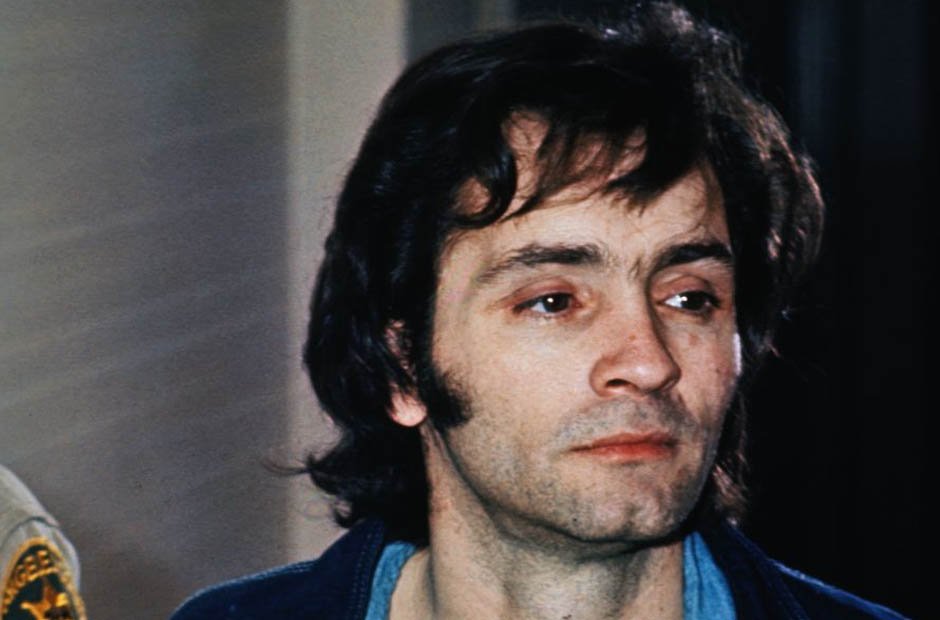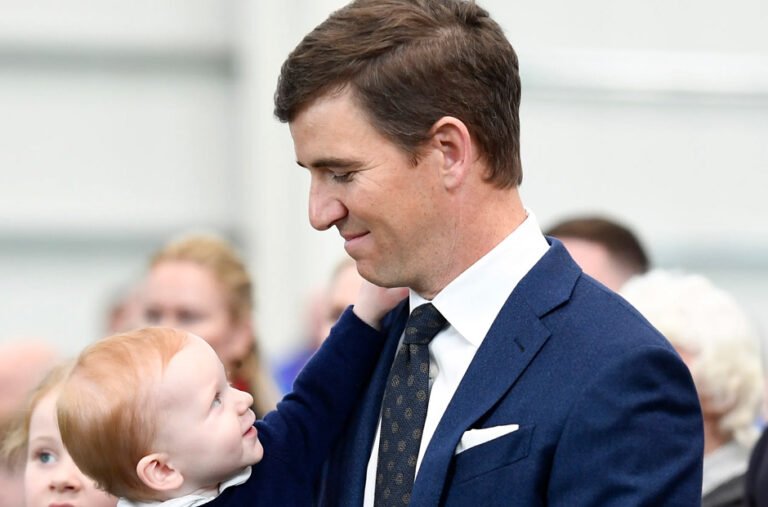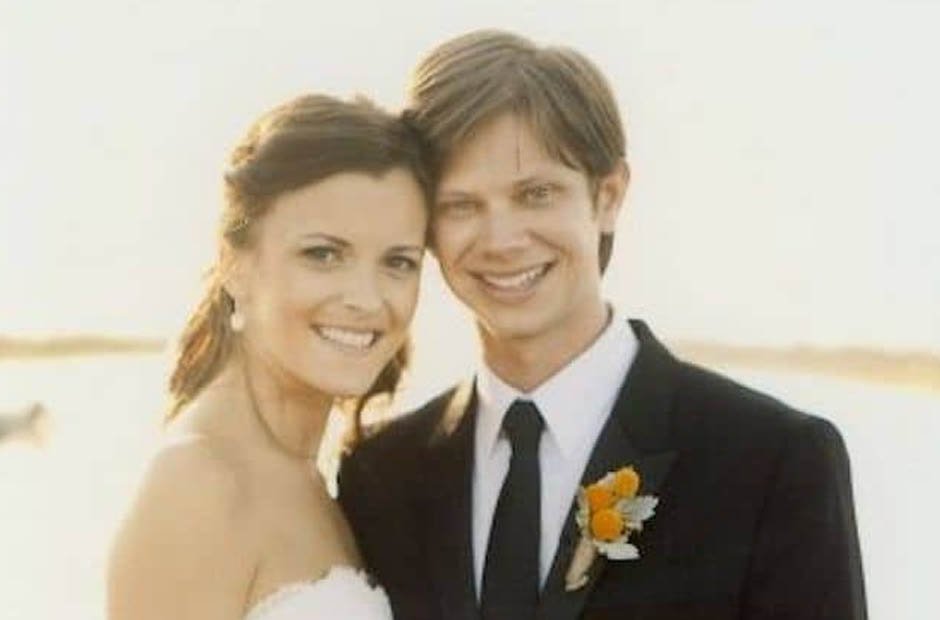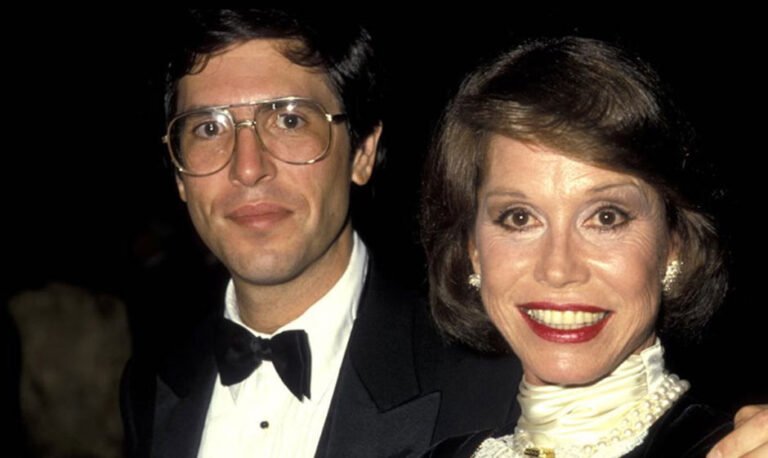Family Ties and a Name Change
In the annals of criminal history, few names evoke a sense of dread and fascination as strongly as Charles Manson. Born in the tumultuous 1960s, Charles Luther Manson found himself burdened with a legacy he didn’t choose – that of being the second son of the notorious cult leader, Charles Manson. But in a move that would define his life’s narrative, he opted to alter his identity, becoming Jay Charles Warner in 1976, as if attempting to distance himself from the shadows of his father’s chilling notoriety.
The Tapestry of Family Dynamics
Charles Luther Manson’s origins were rooted in the complex tapestry of the Manson family tree. His birth in the midst of chaos and criminality marked him as an unwilling participant in a narrative that would grip the world. Born to Charles Manson and Leona Candy Stevens, Manson Jr. found himself intertwined in the threads of his father’s dark legacy from the very beginning.
The Unconventional Story of Parental History
The story of Charles Luther Manson’s parents reads like a script from a gritty crime drama. Charles Manson and Candy Stevens crossed paths in the mid-1950s, a meeting that would culminate in their marriage in 1959. However, this union was far from a conventional love story. Stevens, with a history as a sex worker, became a pivotal figure in Manson’s life – a piece of the puzzle that, albeit strangely, helped him evade the clutches of the legal system.
A Relationship Marked by Complexity
The narrative of Charles Luther Manson’s parents’ relationship is one underscored by enigma and ambiguity. Candy Stevens, despite her unconventional background, played a crucial role in ensuring that Manson managed to evade the legal consequences that should have followed his criminal actions. Yet, the recurring incarcerations that punctuated Manson’s life meant that his influence on his son was limited, giving rise to a relationship built on a foundation of absence and uncertainty.
Navigating the Maze of Siblings
In the convoluted family dynamics of Charles Luther Manson, the presence of half-siblings added yet another layer of complexity. With Jay White (formerly known as Charles Manson Jr.) and Valentine Michael Manson among them, his siblings’ lives were entwined with the same shadowy history. This intricately woven web of familial ties further obscured the path that Charles Luther Manson would tread in his attempt to escape the grip of his father’s notorious legacy.
The Canvas of Personal Details
Born on September 24, 1960, Charles Luther Manson’s journey spanned 47 years, ultimately ending in 2007. His personal details provide a glimpse into the man who was more than just the sum of his lineage. Standing at a height of 5’10”, he boasted light brown hair and piercing blue eyes, a combination that might have offered a visual contrast to the darker aspects of his family’s history. His sexual orientation was straightforward – identifying as straight, he carved a separate identity from his father’s manipulative web.
The Tragic Conclusion
Charles Luther Manson’s life was marked by a struggle that stemmed from the very moment of his birth. In 2007, at the age of 47, he succumbed to the challenges that his infamous lineage had placed before him. His passing marked the end of a personal journey that was tragically overshadowed by the overwhelming weight of his father’s criminal notoriety.
Legacy and the Veil of Anonymity
Unlike some of his siblings, Charles Luther Manson’s journey was notably less public. It was almost as if he had made a deliberate choice to sidestep the spotlight, possibly fueled by his transformation into Jay Charles Warner. While his father’s name echoed in headlines and his face haunted the media, Charles Luther Manson found solace in the shadows. His quest for anonymity was an attempt to redefine his narrative, a narrative that had been inextricably bound to a name synonymous with terror.
The Dark Taint of Manson’s Crimes and the Enigma of a Cult
The Manson Family cult led by Charles Manson cast a shadow of horror over the late 1960s. The gruesome murders they committed, including the infamous killing of actress Sharon Tate, sent shockwaves through society. Manson’s cult was a chilling manifestation of his manipulative prowess, transforming ordinary individuals into instruments of heinous crimes. The world watched in horror as his sinister charisma bore fruit in acts of unimaginable brutality.
The Tangled Threads of Legal Consequences and an Inevitable Demise
Charles Manson’s journey through the corridors of the justice system was as labyrinthine as his cult’s web of influence. Initially condemned to death, his sentence was later commuted to life imprisonment. In 2017, he met his end due to cardiac arrest triggered by respiratory failure as a result of colon cancer. Manson’s passing marked the end of a chapter in criminal history, leaving behind a legacy that would forever bear the stain of his malevolent deeds.
The Echoes of Paternity Claims and a Quieted Legacy
In the wake of Charles Luther Manson’s death, several individuals emerged claiming to be children of Charles Manson. However, paternity tests routinely debunked these claims, underscoring the complexity of unraveling the truth in a web of deceit and manipulation. Charles Luther Manson’s life, defined by his quest to break free from his father’s legacy, concluded in a quietude that seemed fitting for a man who had fought a lifelong battle against the shadows cast by his infamous name.
A Note of Continuity
It is important to note that the information presented here is based on details available up until September 2021. The years following that date might have brought forth new developments, revelations, or insights that could further illuminate the life and legacy of Charles Luther Manson. As we delve into the past, it’s crucial to acknowledge the possibility of ongoing discoveries that could reshape our understanding of this enigmatic figure and the complex circumstances that surrounded him.








